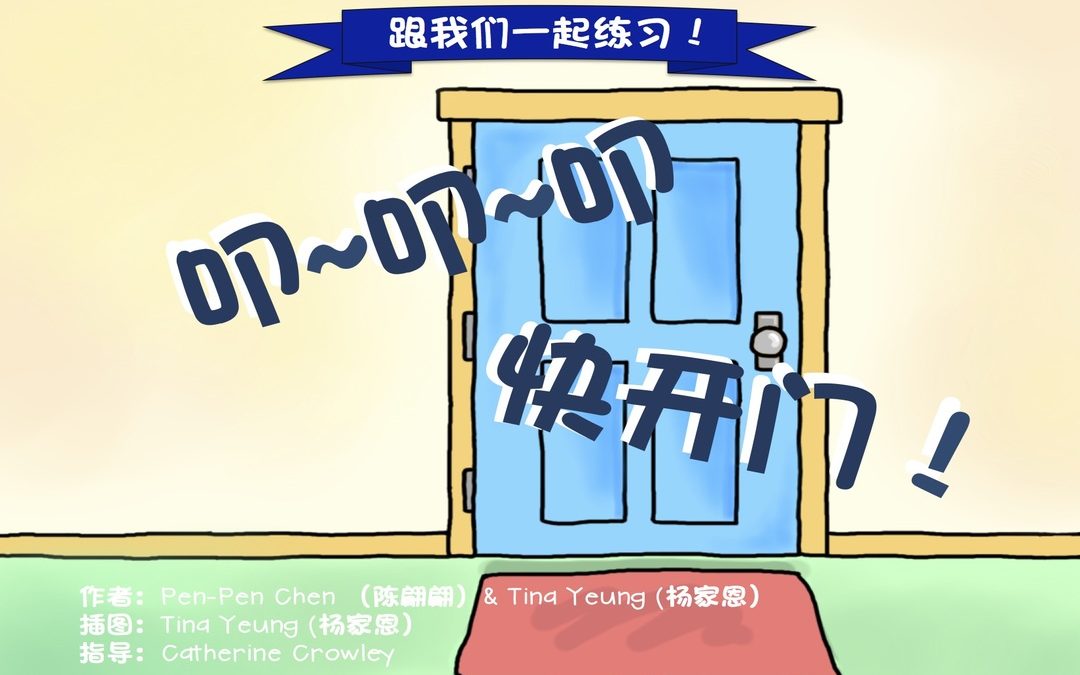
(Mandarin) Cleft Palate Practice for K and G
This is part of the series of cleft palate books. The book targets K and G in Mandarin. / 《叩叩叩,快开门》是为唇腭裂儿童术后康复撰写的普通话系列丛书之一

This is part of the series of cleft palate books. The book targets K and G in Mandarin. / 《叩叩叩,快开门》是为唇腭裂儿童术后康复撰写的普通话系列丛书之一
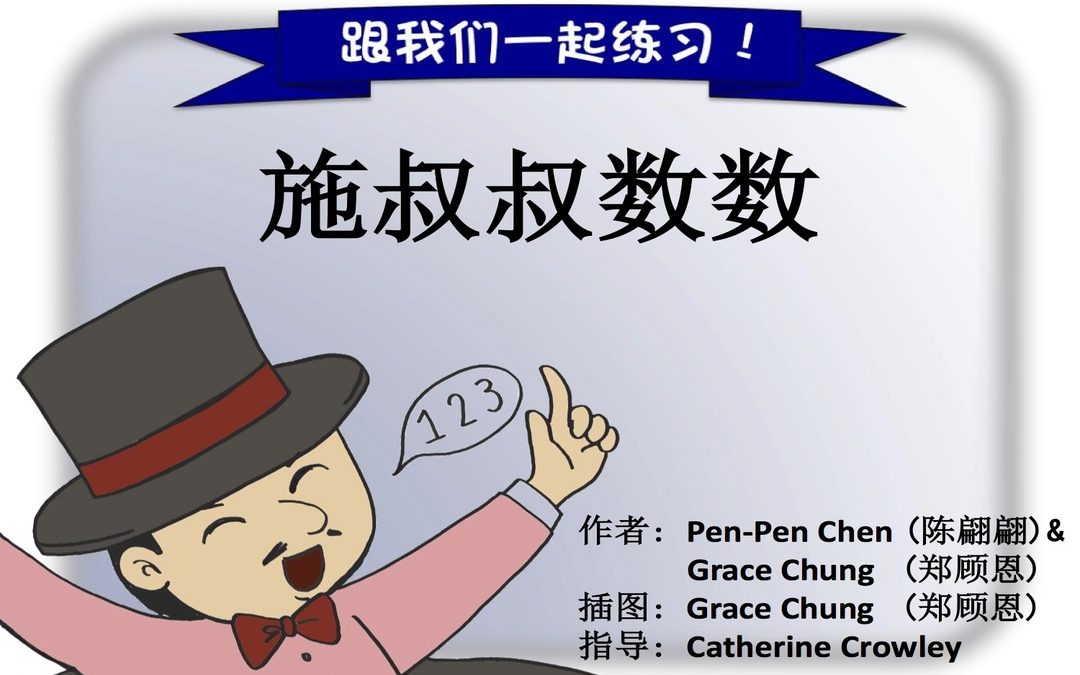
This is part of the series of cleft palate books. The book targets Sh and Zh in Mandarin. / 《施叔叔数数》是为唇腭裂儿童术后康复撰写的普通话系列丛书之一
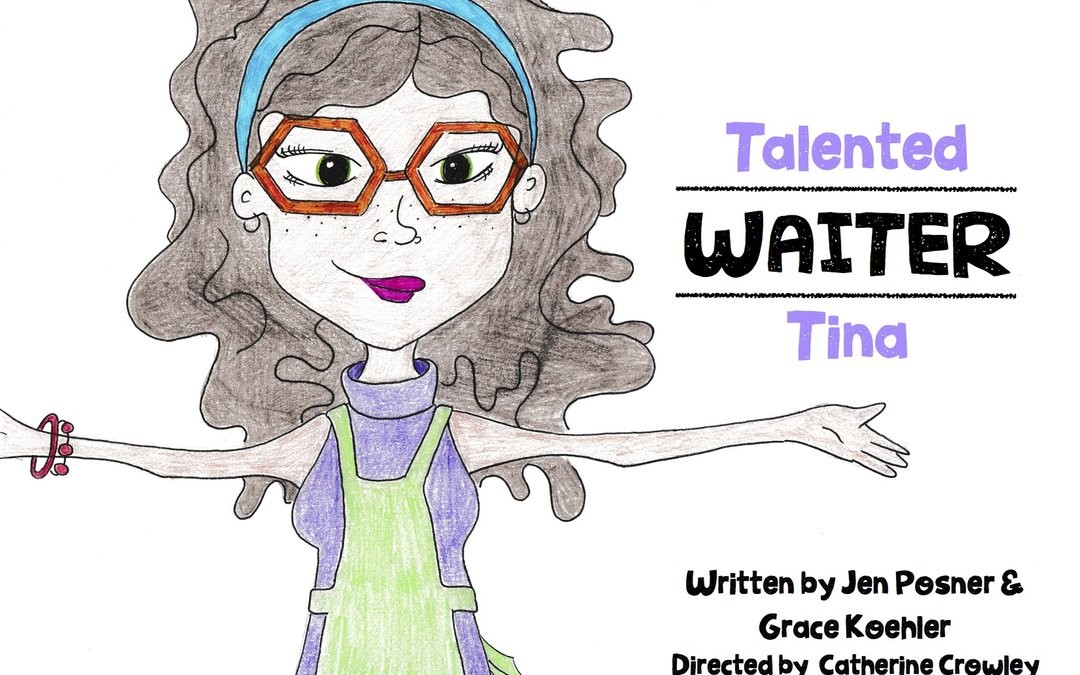
This is part of the series of cleft palate books. The book targets T and D in English.
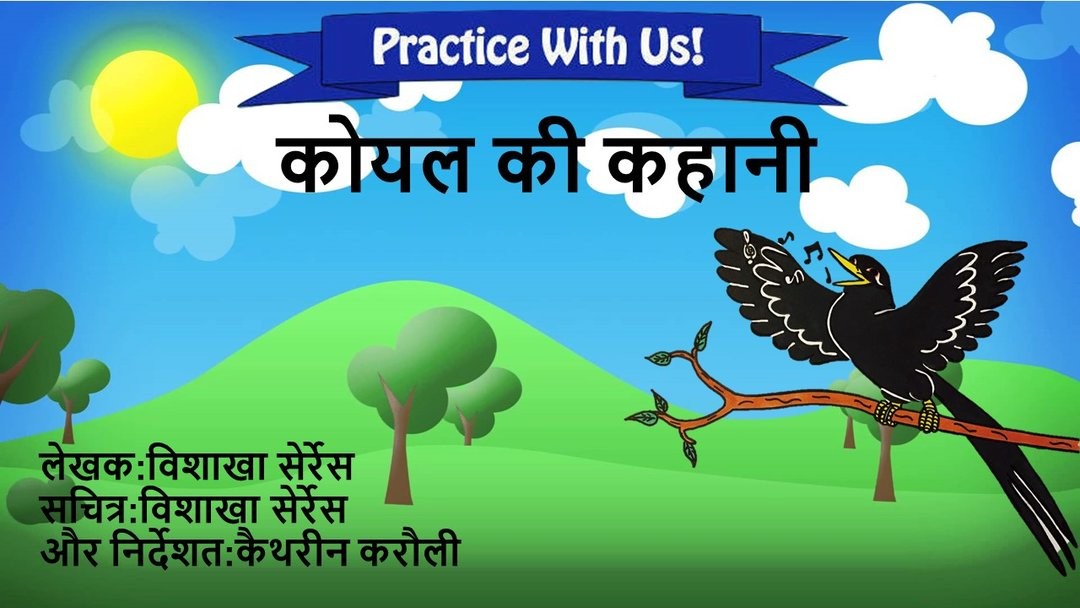
This is part of the series of cleft palate books. The book targets K and G in Hindi.
ये पुस्तक भांग तालु पुस्तकमाला का भाग है । ये पुस्तक का उधेश /क/ और /ग/ हिंदी में है ।
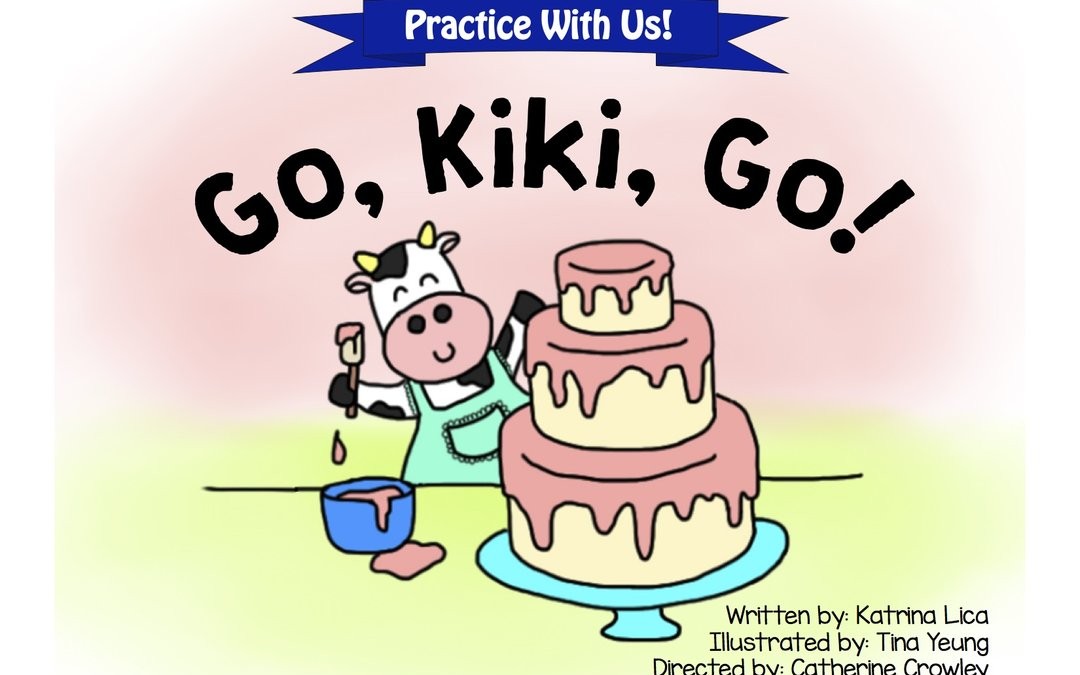
This is part of the series of cleft palate books. The book targets K and G in English.
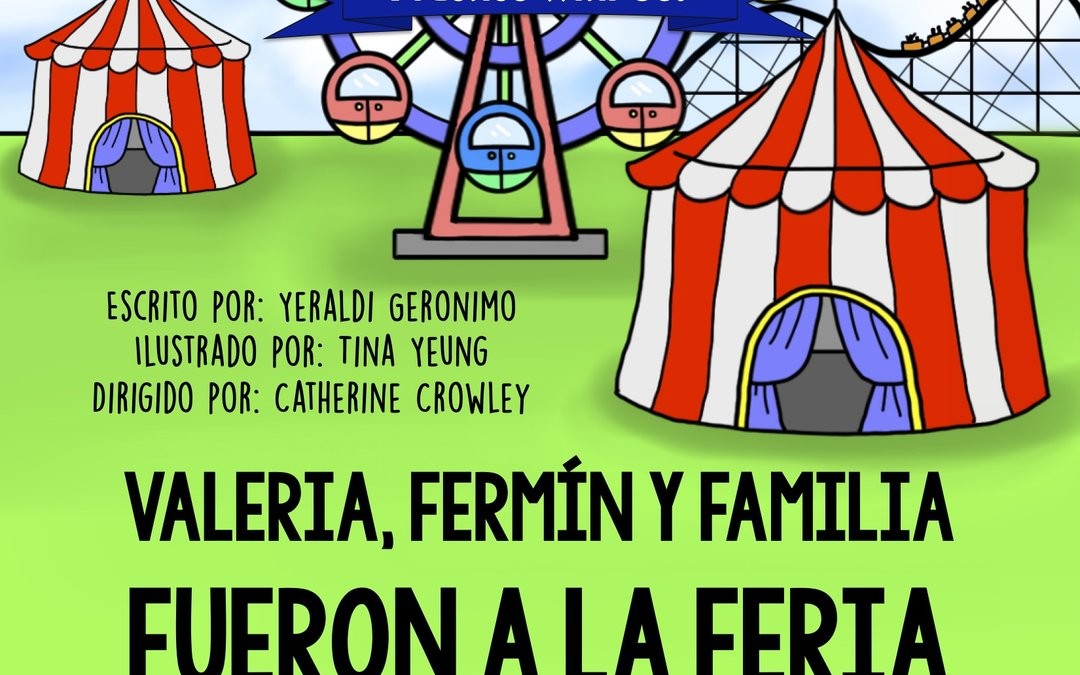
This is part of the series of cleft palate books. The book targets F and V in Spanish./Este libro forma parte de la serie de libros para el paladar hendido. Se enfoque en la F y la V en español.

This is part of the series of cleft palate books. The book targets P and B in Brazilian Portuguese. / Este volume faz parte da série de livros de fissura palatina. Tem como alvo os sons P e B em português brasileiro.
In this playlist, Dr. Cate Crowley walks Early Intervention Evaluators through critical steps in conducting an Early Intervention evaluation considering current federal law, state regulations, clinical judgment, and evidence-based practice.
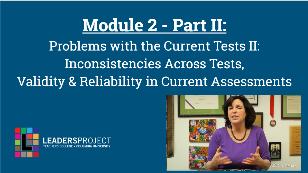
In this module, Cate continues discussing current issues of misuse of current standardized EI assessments. She then examines across-test inconsistencies across tests like the REEL-3, the Rossetti, Bayley-III, E-LAP, Brigance, DAY-C, amongst others. Finally, Cate will take a deeper look at the validity and reliability of these common assessments, and caution evaluators to rely on more than a standard score in determining disability eligibility for children before the age of three.
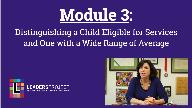
In the third module of this series, Cate looks at the NYSDOH Communication and Motor Clinical Practice Guidelines and uses case study videos of young children to demonstrate how detailed observation and informed clinical opinion can be powerful tools in doing an EI evaluation. Using observation of real children’s behavior, she guides the viewer through the steps for distinguishing a child eligible for EI services from a child in the wide range of “normal”.